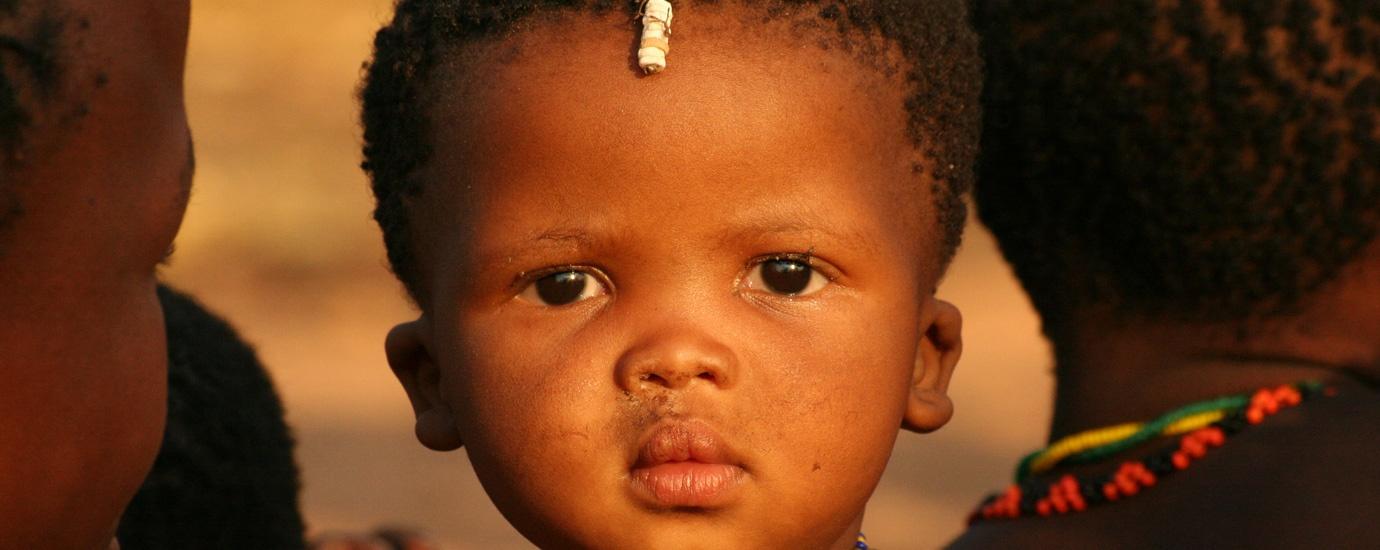
The San are the original inhabitants of Namibia and Southern Africa. The term „San“ is a lingual construction summarising the many different subgroups of the San, which often have little in common, to one term. The San themselves do not use this term very often, but rather define themselves via their “subgroup” for example Ju/’Hoansi, Khwe, Hai||om, !Khomani etc.
The different groups of San inhabited vast areas of southern Africa. They were nomadic hunter-gatherers who lived, according to recent research, in southern Africa for about 60.000 years which would make them the first modern human society over all. According to this research the San are genetically seen as the ancestor of today’s humans. Fact is: the rock painting and engravings and the tools used to produce these arts found throughout southern Africa, are up to 27.000 years old (Apollo 11 Cave in in the Huns Mountains in the south of Namibia).
The number of San 2000 years ago is estimated at around 300.000 to 400.000. Considered to be very peaceful tribes the San unfortunately became victims of suppression and eradication by other population groups moving into Namibia. Also the German colonial administration took actions against the San.
Today about 100.000 San are still living in Southern Africa of which about 38.000 live in Namibia. Like in Namibia the rest of the San remain a minority in Botswana (39.000), South Africa (4.500), Zambia (1.600) and Zimbabwe (1.200). Today many San are farm workers. The traditional way of life can hardly be preserved in the daily routine.
For more information on the San in Namibia follow these links:
- James Anaya: Statement on the rights of indigenous peoples
- Legal Assistance Center: “Scraping the Pot" San in Namibia Two Decades After Independence
- Megan Biesele and Robert K. Hitchcock: The Ju/’hoan San of Nyae Nyae and Namibian Independence











